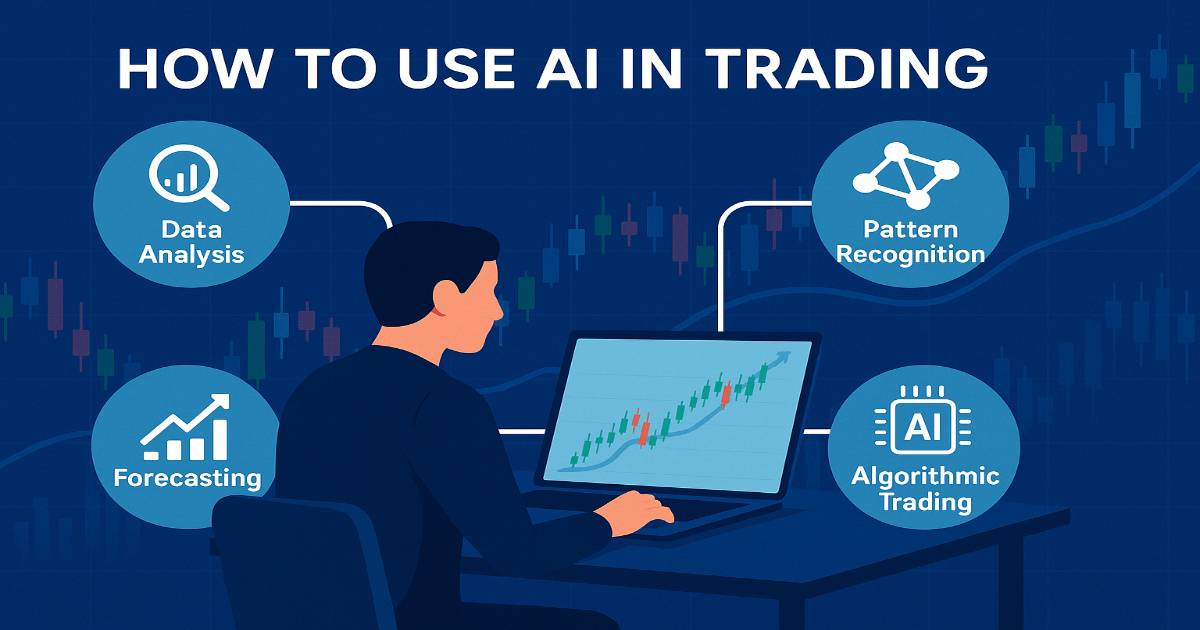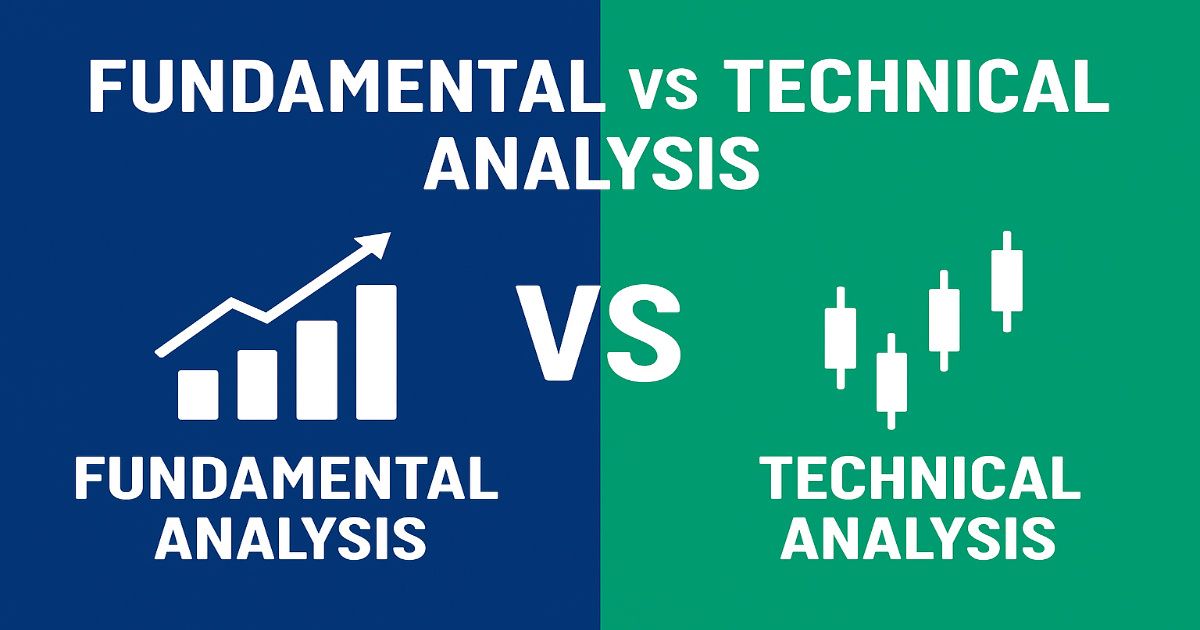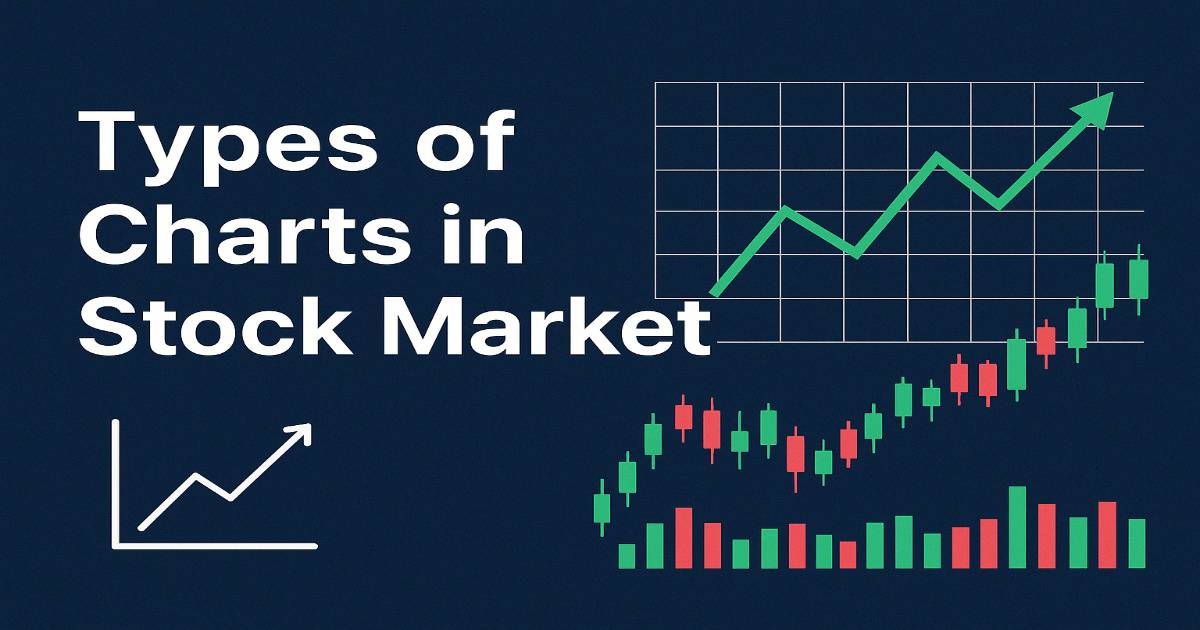AI in Trading is revolutionizing the way people invest in the stock market. By using artificial intelligence, traders can analyze large sets of data, identify patterns, and make faster, more informed decisions. Whether you’re a beginner or an experienced investor, understanding how to use AI in trading can help you gain a significant edge.
What is AI in Trading?
AI in trading refers to the use of artificial intelligence technologies—like machine learning (ML), natural language processing (NLP), and deep learning—to analyze market data, identify patterns, and execute trades. These technologies help traders process vast amounts of data in real-time, enabling faster and more accurate decision-making.
Why Use AI in Trading?
Here are some of the major advantages of using AI in trading:
- Speed: AI can analyze data and execute trades in milliseconds.
- Accuracy: Machine learning models can spot patterns humans might miss.
- Emotionless Trading: AI systems follow logic, not emotions.
- 24/7 Monitoring: AI bots never sleep—they monitor markets round the clock.
- Scalability: AI can manage multiple assets, timeframes, and strategies simultaneously.
Types of AI Used in Trading
- Machine Learning (ML):
- Learns from historical data.
- Used in price prediction, risk assessment, etc.
- Deep Learning:
- Mimics human brain structure.
- Excellent for high-dimensional data like charts, images, or news.
- Natural Language Processing (NLP):
- Understands and processes text.
- Used to analyze news, tweets, and financial reports.
- Reinforcement Learning:
- Learns by trial and error.
- Used in algorithmic trading and strategy optimization.
How to Use AI in Trading: Step-by-Step
1. Data Collection
AI thrives on data. The first step is gathering relevant datasets, such as:
- Historical price data (OHLCV)
- Technical indicators
- Economic calendars
- Social media sentiment (Twitter, Reddit)
- News headlines
- Financial reports
You can collect data via APIs like:
- Yahoo Finance API
- Alpha Vantage
- Quandl
- Polygon.io
2. Data Cleaning & Preprocessing
Before feeding data into an AI model, clean it by:
- Filling missing values
- Removing duplicates
- Normalizing numerical values
- Encoding categorical variables
Tools used:
- Python (Pandas, NumPy, Scikit-learn)
- R (tidyverse)
3. Model Development
Build predictive models using machine learning techniques:
| Technique | Use Case |
|---|---|
| Linear Regression | Price prediction |
| Decision Trees | Classification of trade signals |
| Random Forest | Portfolio optimization |
| LSTM (Deep Learning) | Time series forecasting |
4. Backtesting the Strategy
Before using real money, test your AI-based strategy on historical data to see its effectiveness.
Backtesting platforms:
- Backtrader (Python)
- QuantConnect
- Zipline
- MetaTrader 5 (with Python)
5. Execution via Trading Bots
After backtesting, integrate your AI strategy into a trading bot that can execute trades in real-time.
Popular platforms:
- MetaTrader
- Interactive Brokers API
- Alpaca (Commission-free API trading)
- Tradestation
Ensure the bot follows strict risk management rules (e.g., stop-loss, take-profit, position sizing).
6. Monitoring and Optimization
AI models need constant updates and tuning:
- Retrain your model with fresh data.
- Monitor for overfitting.
- Analyze trading logs and metrics (Sharpe ratio, drawdown, win/loss ratio).
Risks & Limitations of AI in Trading
| Risk | Description |
|---|---|
| Overfitting | Models work on past data but fail in live markets |
| Black-Box Nature | Difficult to interpret deep learning models |
| Regulatory Concerns | AI-based systems must comply with SEBI or SEC rules |
| Data Dependency | Garbage in = Garbage out; poor data = poor model |
| Market Anomalies | Sudden news or black swan events can’t always be predicted |
Tools and Platforms for AI Trading (India & Global)
| Tool/Platform | Use Case | Region |
|---|---|---|
| QuantConnect | Strategy development & backtest | Global |
| TradingView (Pine Script + AI) | Chart analysis | Global |
| Sensibull | Options analysis | India |
| Zerodha Kite Connect | API trading | India |
| Alpaca | Commission-free trading bots | US/Global |
| MetaTrader + Python | Custom AI integration | Global |
Best Practices to Follow
- Start with simple strategies, not deep neural nets.
- Never deploy without backtesting.
- Combine AI signals with human judgment.
- Focus on risk-adjusted returns, not just profits.
- Constantly retrain models on new data.
AI vs Traditional Trading Strategies
AI trading is not just a faster version of traditional trading—it’s a complete paradigm shift.
| Aspect | Traditional Trading | AI-Based Trading |
|---|---|---|
| Strategy Logic | Rule-based, fixed | Adaptive, dynamic learning |
| Execution Speed | Manual/semi-automated | Fully automated, lightning-fast |
| Data Analysis | Technical/fundamental | Big data + multi-source integration |
| Human Involvement | High | Low to medium |
| Flexibility | Low | High (can evolve with markets) |
The Future of AI in Financial Markets
Artificial Intelligence (AI) is already changing the way people trade and invest. But what’s coming next is even more exciting.
1. Explainable AI (XAI)
Right now, AI makes decisions, but sometimes we don’t know how it came to that decision. In the future, “Explainable AI” will show clear reasons behind every prediction. This will help traders trust AI more and follow strategies with confidence.
2. Quantum AI
Quantum computers are much faster than normal computers. In the future, AI models could run on quantum systems to make ultra-fast decisions—great for high-frequency and complex trading strategies.
3. AI in ESG Investing
Investors are becoming more careful about where their money goes. They want to invest in companies that care about the environment, society, and ethics (called ESG). AI will help analyze which companies meet these standards by scanning large amounts of data quickly.
4. AI in DeFi (Decentralized Finance)
AI will also become part of DeFi, which is a financial system built on blockchain. In the future, AI bots could trade automatically in crypto markets and manage digital assets without human help.
5. Personalized Portfolios
Soon, AI will create investment plans that are 100% personalized. It will consider your goals, risk level, and even personality to suggest the best stocks or mutual funds.
Using AI for Intraday Trading
Intraday trading means buying and selling stocks on the same day to earn quick profits. It needs fast decisions, good timing, and strong analysis. That’s why Artificial Intelligence (AI) is becoming a powerful tool for intraday traders.
1. Real-Time Data Analysis
Markets move fast. AI can track price movements, volumes, and patterns in real-time—something that is hard for humans to do manually. AI systems can analyze thousands of data points every second to find trading opportunities.
2. Order Book Predictions
Advanced AI can read the order book (buy/sell orders) and guess where the market might move next. This helps traders decide when to enter or exit a position.
3. Volatility Forecasting
Intraday traders love volatility (price movements). AI can study price behavior and news to predict short-term price spikes, helping traders stay ahead of the market.
4. Smart Trade Alerts
AI-based tools can send buy/sell alerts based on technical indicators and past price patterns. These alerts are faster and more accurate than human analysis.
5. No Emotions, Just Logic
Emotions like fear and greed often hurt intraday traders. AI makes decisions based on logic and data—not feelings—helping avoid emotional mistakes.
AI and Technical Indicators: Smart Hybrid Systems
Many traders use technical indicators like RSI, MACD, and Moving Averages to find entry and exit points. But these indicators have limits—they follow fixed rules and sometimes give false signals. That’s where Artificial Intelligence (AI) can help. When you combine AI with traditional indicators, you get a smart hybrid trading system.
Why Combine AI and Indicators?
AI can make technical indicators smarter by:
- Filtering out false signals
- Adjusting strategies based on market changes
- Learning from historical success and failure
This mix gives you more accurate and flexible trading strategies.
Examples of Hybrid Strategies
- MACD + Machine Learning:
Use MACD to detect trends, and AI to confirm if the trend is strong based on volume, volatility, or news. - RSI + Random Forest Model:
RSI shows overbought/oversold levels. AI can study past data to decide if RSI is truly meaningful in current conditions. - Moving Averages + Neural Networks:
Combine moving average crossovers with a deep learning model to reduce whipsaws and false breakouts.
What Are the Benefits?
- More Accurate Signals
- Better Risk Management
- Adapts to Market Conditions
- Reduces Emotional Errors
Conclusion:
Artificial Intelligence is no longer just a futuristic idea—it’s now a practical tool for traders and investors. Whether you are trading stocks, options, or crypto, AI can help you analyze large amounts of data, spot patterns faster, and make better trading decisions. From intraday scalping to long-term investing, AI offers tools that suit every style of trading.
But remember, AI is not a magic formula. It improves your chances, but it doesn’t guarantee profits. Success still depends on smart strategy, risk management, and discipline. The best results come when humans and machines work together—combining your experience and logic with AI’s speed and intelligence.
FAQs
Does AI guarantee profits in trading?
No. AI can improve your decision-making and reduce emotional bias, but it does not guarantee profits. It must be used with proper risk management and strategy.
What skills do I need to build an AI trading bot?
You should know basic Python programming, data analysis, and machine learning concepts. However, many platforms now offer no-code or low-code solutions.
Can I use AI for intraday and swing trading?
Yes. AI is great for both short-term and medium-term trading. It can help identify price patterns, forecast volatility, and automate your strategies.
How much does it cost to use AI in trading?
It depends. Some platforms offer free plans, while others charge monthly fees or commissions. Building your own system may involve costs for data, software, and cloud servers.







